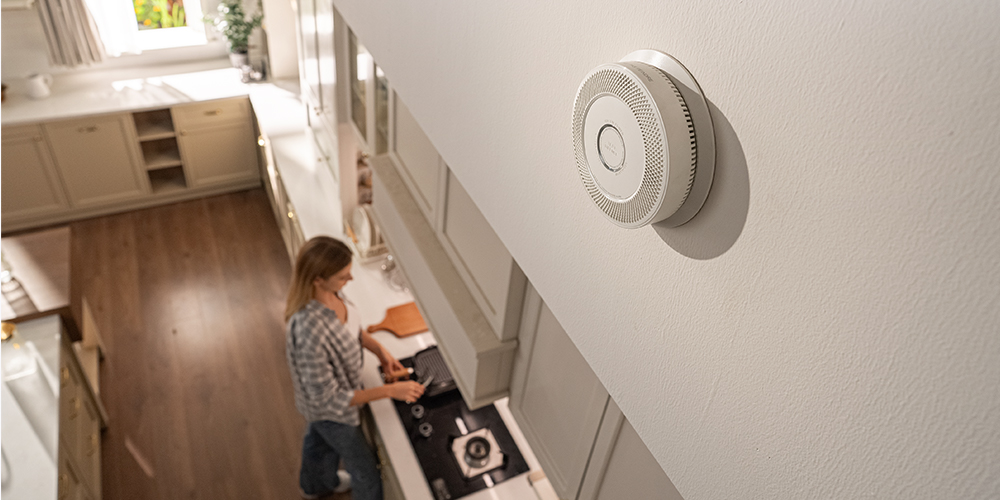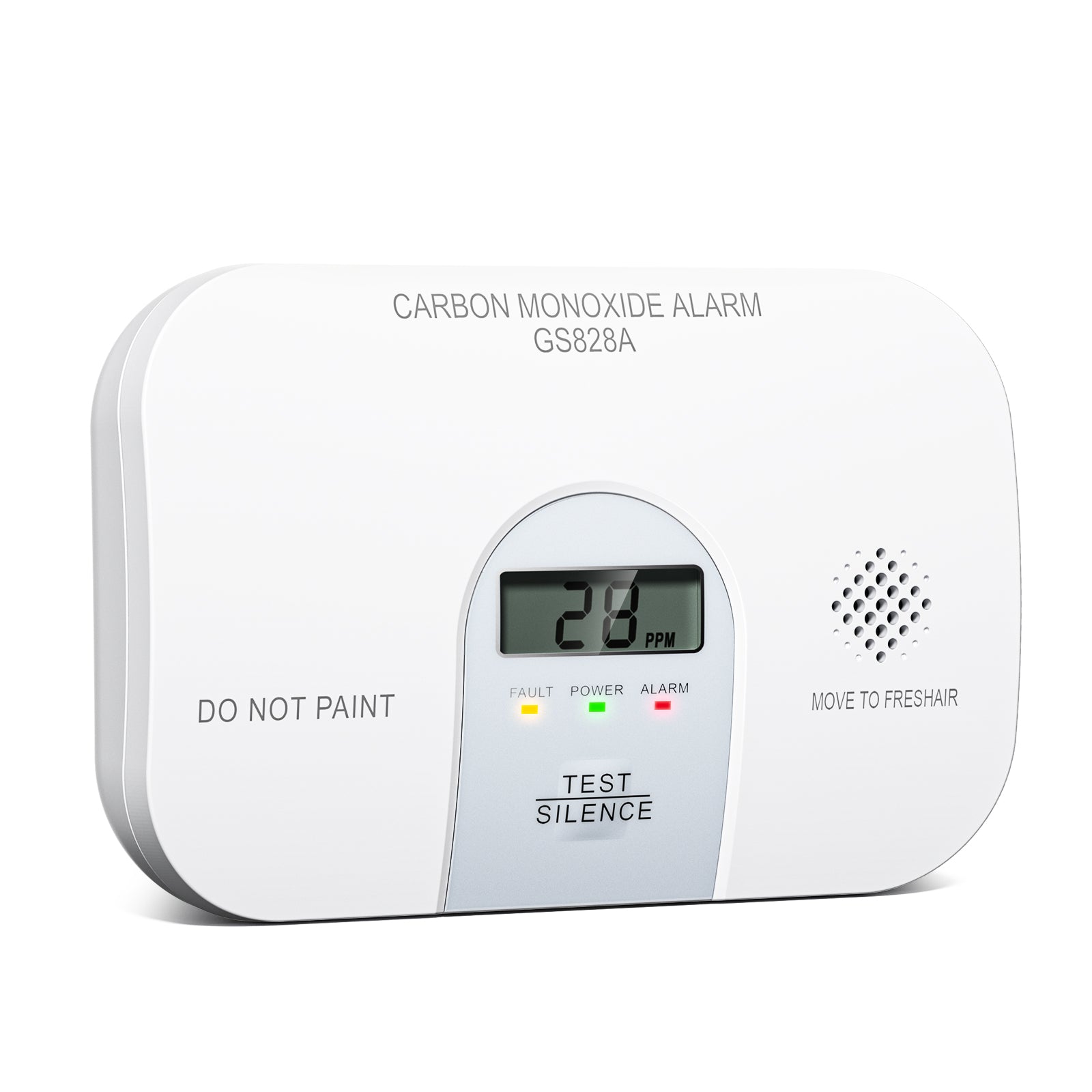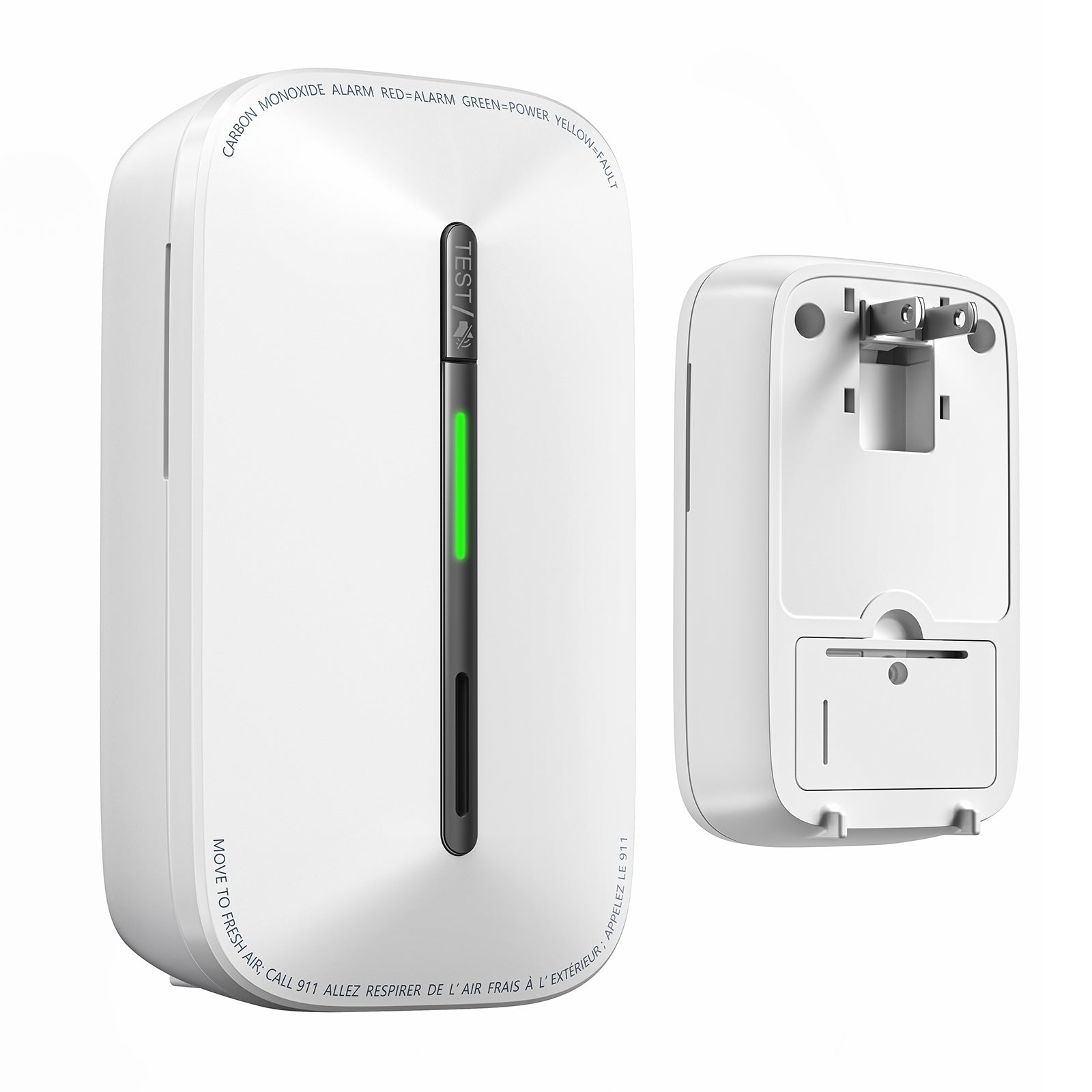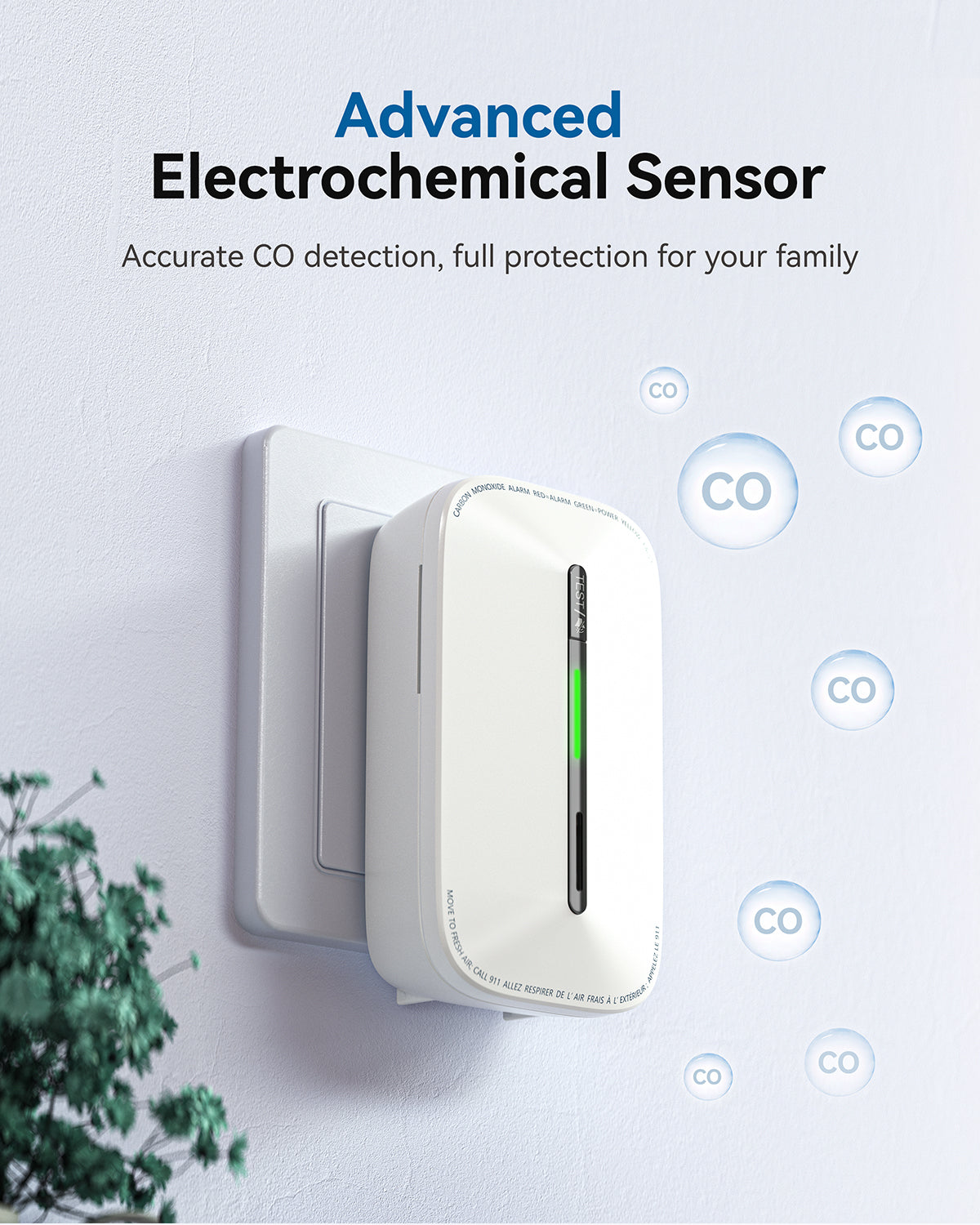Fire safety equipment like smoke alarms and carbon monoxide detectors play a critical role in protecting homes and businesses. However, traditional devices often require frequent battery replacements, which burden the environment and inconvenience users. With increasing environmental awareness and technological advancements, 10-year battery technology has emerged as an efficient, eco-friendly, and sustainable solution for the fire safety industry.
Why Do We Need Eco-Friendly Fire Safety Solutions?
Address Environmental Concerns
The use of disposable batteries contributes significantly to environmental problems. Each year, vast amounts of battery waste are generated from fire safety devices alone. These batteries often contain harmful substances like mercury, cadmium, and lead. If not disposed of properly, they can contaminate soil and water, causing irreversible damage to ecosystems.
Additionally, producing and transporting these batteries consumes significant energy and increases carbon emissions. Both consumers and manufacturers now seek solutions that ensure reliable performance while reducing environmental harm. The 10-year battery is a breakthrough that addresses this challenge.
Meet the Demand for Sustainable Devices
Fire safety equipment must operate 24/7 to detect potential hazards. This means reliable power is essential. However, traditional batteries typically last only 1–2 years, requiring users to replace them frequently. Replacing batteries is not only inconvenient but also risks safety lapses if users forget or delay maintenance.
By contrast, devices equipped with 10-year batteries require just one installation to last the entire lifecycle. This reduces the hassle of frequent replacements and ensures uninterrupted protection, giving users peace of mind.
How Are 10-Year Batteries Eco-Friendly?
1. Fewer Battery Replacements, Less Waste
Traditional fire safety devices, like smoke detectors and carbon monoxide alarms, typically require battery changes every 1–2 years. Over a 10-year period, this adds up to 5–10 battery replacements per device. For a home with multiple devices, the amount of battery waste generated is substantial. These discarded batteries often end up in landfills, where they release harmful chemicals such as mercury, lead, and cadmium into the environment. These toxins can seep into soil and water, posing long-term risks to ecosystems and human health.

In contrast, a device equipped with a 10-year battery eliminates the need for multiple battery changes. With just one installation, the device operates reliably for its entire lifespan. This not only reduces the volume of hazardous waste but also minimizes the environmental burden caused by battery production. Fewer batteries mean fewer resources extracted for raw materials like zinc and lithium, as well as less energy spent on manufacturing and transportation.
2. Energy Efficiency with Smart Management
The advanced technology behind 10-year batteries ensures they consume energy more efficiently than traditional batteries. These batteries incorporate smart energy management systems that optimize power usage to deliver consistent performance over time. By balancing energy output and consumption, these systems minimize power loss and prevent unnecessary energy drainage.
In practical terms, this means the battery operates at peak efficiency, using just the right amount of energy to keep fire safety devices functioning reliably. For example, devices powered by 10-year batteries use specialized circuits to manage low-power standby modes. This prevents energy waste when the device is idle.
This high level of energy efficiency directly reduces energy demands on a global scale. It helps lower the carbon emissions associated with battery production, extends the device’s lifespan, and aligns with broader energy conservation goals.
3. Lower Carbon Footprint
The carbon footprint of a single battery may seem small, but when multiplied across millions of homes and commercial buildings worldwide, the environmental impact becomes substantial. Every stage of a battery's lifecycle—from raw material extraction and manufacturing to packaging, shipping, and eventual disposal—contributes to carbon emissions.

Devices that require frequent battery replacements not only demand more materials but also increase the environmental costs of production, distribution, and waste management. For example:
- Manufacturing: Producing batteries consumes large amounts of energy and water, releasing greenhouse gases.
- Packaging and Transportation: Frequent replacements mean additional packaging materials and fuel consumption for transportation.
- Disposal: Improper battery disposal adds to landfill pollution and environmental damage.
The 10-year battery technology disrupts this cycle. By significantly reducing the need for replacements, the demand for raw materials, manufacturing processes, and logistics decreases. This, in turn, lowers overall carbon emissions throughout the battery's lifecycle.
4. Stable and Reliable Operation
A major benefit of 10-year batteries is their ability to maintain consistent performance even in challenging environments. Traditional batteries often struggle under extreme conditions, such as temperature fluctuations, humidity, or prolonged standby use. These factors can drain power faster and lead to device failures, putting user safety at risk.
In contrast, 10-year batteries are engineered to endure demanding conditions without compromising their reliability. Whether placed in freezing winters, humid basements, or scorching summer attics, these batteries deliver stable power output. They are designed with enhanced resistance to temperature variations, which prevents premature energy loss and ensures devices remain functional when they are needed most.
This stability is especially critical for fire safety equipment, which must be ready to operate 24/7. A device powered by a reliable 10-year battery reduces the risk of power-related failures. It provides constant protection for homes and businesses.
What Users Gain: Safety and Eased
With a 10-year battery, users only need to install the device once. It works reliably throughout its lifespan without the need for regular battery changes. This “install and forget” approach simplifies fire safety and ensures continuous protection.
Although the upfront cost of these devices is slightly higher, they are more cost-effective over time. Users save money by avoiding repeated battery purchases. They also reduce the time and effort needed for maintenance. This makes 10-year battery devices a practical choice for families and businesses looking for long-term solutions.

These devices also deliver important environmental benefits. Fewer batteries mean less waste and pollution. By choosing devices with 10-year batteries, users help reduce battery production, transportation, and disposal. This choice minimizes environmental impact and promotes sustainable living. It is not only about protecting homes but also about protecting the planet.
Most importantly, these devices ensure reliable, long-lasting safety. Device failure is a major concern because it can leave safety gaps during emergencies. 10-year battery technology eliminates this risk. The devices operate 24/7 without interruption, providing consistent protection for homes and families. This reliability gives users peace of mind, knowing their safety is always guaranteed.
Conclusion
The introduction of 10-year battery technology is a milestone in fire safety. It offers a unique combination of reliability, safety, and environmental responsibility. By reducing battery replacements, lowering environmental impact, and ensuring consistent performance, this innovation is transforming the fire safety industry.
For users, choosing smoke alarms or carbon monoxide alarms with 10-year batteries means enjoying 10 years of uninterrupted protection. It’s also a conscious choice to reduce waste and support a sustainable future.
In a world where technology and environmental awareness go hand in hand, this solution stands out as a practical and meaningful step forward. Choosing 10-year batteries means choosing long-term safety and a greener tomorrow.









